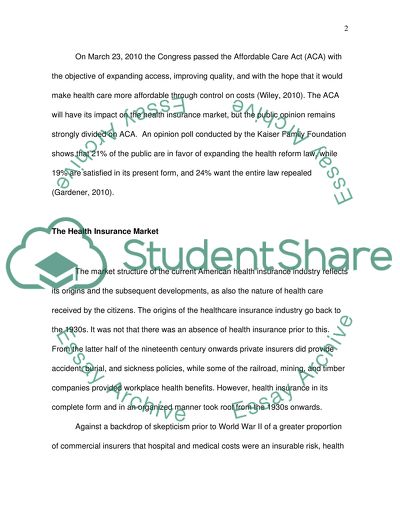Cite this document
(“Improving Health Insurance Market from Nursing Perspective Term Paper”, n.d.)
Retrieved from https://studentshare.org/environmental-studies/1413905-improving-the-health-insurance-market-from-a
Retrieved from https://studentshare.org/environmental-studies/1413905-improving-the-health-insurance-market-from-a
(Improving Health Insurance Market from Nursing Perspective Term Paper)
https://studentshare.org/environmental-studies/1413905-improving-the-health-insurance-market-from-a.
https://studentshare.org/environmental-studies/1413905-improving-the-health-insurance-market-from-a.
“Improving Health Insurance Market from Nursing Perspective Term Paper”, n.d. https://studentshare.org/environmental-studies/1413905-improving-the-health-insurance-market-from-a.


